This article will talk about different solder flux materials and how to solder properly.
What is Solder Flux?
Removing metal oxides from surfaces is essential for good soldered joints. Solder flux is a cleaning agent used before or during soldering to get rid of metal oxides. Solder flux is composed of a base material and activator. Activator is the substance that better wets the metal surface by removing the oxides. Flux also contains other additives to boost the process of soldering and inhibit corrosion. Different methods to apply flux are flux pen or flux core wires.
Choosing the Right Equipment
1. Consider Rosin-based Flux to Perform Electrical Soldering
How to use soldering iron? How to clean soldering iron? How to fix headphones without soldering? How to solder copper pipe? How hot does a soldering iron get?
Using corrosive flux to remove the metal oxide will prove to be a deadly mistake for thin and delicate wires. You can also end up shorting the circuit and thus ruining your actual work. To prevent this, using rosin-based flux is an appropriate choice.
2. Opt for an Acid Flux while Soldering Pipes
Less corrosive rosin-based flux is not enough to clean pipes. The type of flux that best suits you now is the acid flux. Acid or tinning flux is much more corrosive. It will help you remove large areas of the oxidized metal surface and provide you with a stronger soldering surface.
3. Go for Leaded Solder while Working with Electronics
Leaded solder is a good choice for fragile electronic parts, especially if you are a beginner. The low melting point helps in easy soldering. Those which are solid and do not have a rosin core oxidize a little more while others with rosin core can help in additional flux coating.
4. Use Silvered Solder to Solder Pipes Together
You cannot use lead solders for water pipes as it is toxic. Silver solders are the best fit for this case. Lead-free solders are weak and cannot create good joints.
5. Heat Your Soldering Iron and Clean it While Working with Electronics
Heat the soldering iron and use a moist sponge to clean the surface. The sponge should not be dry as it will get charred. Touching the heated iron can cause second- or third-degree burns. Apply a small amount of solder to prevent further oxidation. This is known as tinning.
6. Opt for a Blowtorch while Soldering Pipes
While soldering pipes, your options are an oxyacetylene torch or propane torch. For proper soldering, adjust the blue flame to be around 5 cm in length. Now hold the peak of flame near the pipes. Setting the right amount of heat requires practice. If the solder flux begins to shoulder, it indicates that you are applying excessive heat.
Soldering
1. Twist or Rotate the Exposed Endpoints of the Wires Together
In the case of soldering wires, first, expose a sufficient amount of wire by removing the insulator material. Now twist the two ends of the wire by overlapping with each other. Take care that no sharp pointed ends are present. You can also separate each thin wire and weave them to form a mesh for a stronger joint.
2. Coat your Wires with Soldering Flux
Now it is time to apply the solder flux. Using a paintbrush or a finger, apply a generous amount of solder flux on the joint and cover the area. Soldering the overlapped area is enough to get a conducting joint. You might want to ask someone to hold all those wires together while you solder or you can buy a clamp.
3. Push the Soldering Gun onto a Side of Your Wires to Melt Flux
The solid flux needs to be melted to spread it evenly. Touch the already hot soldering iron with the soldering gun onto the wire to heat the cross-section. After a few moments, the solder flux will melt.
4. Press the Solder into Your Wires to Join Them Together
The necessary step is to melt the solder to create the joint. As you are touching the iron, the wire is sufficiently hot. Touch the solder wire onto the other side of the wire. It will melt and deposit on the woven wire. For safety as well as proper soldering, hold the wire around 1 to 2 cm away from the wire’s tip. Move the wire to bare areas and do the same to finally cover all of the surfaces.
5. Allow the Solder to Cool and Harden
Now just wait for a few moments to let it cool down. By this time the molten metal will harden and create a good joint.
Soldering Pipes with Soldering Flux
1. Clean the Specific Area That You will be Soldering
Before soldering pipes, cleaning dirt is mandatory. Use sandpaper or steel wool to remove dirt. The length of the cleaned area may not increase by 2 inches.
2. Put Flux to the Outer Area of Your Pipes
Apply flux to the outside of the pipe using a paintbrush. Maintain a uniform coating and try to avoid any lumps of flux near the corners. Tinning flux can hold pipes together but is more expensive. Acid flux can do the job but corrode fragile pipes. Seek advice if you are confused.
3. Join the Pipes and Fittings
Keeping the two pipes away from the workspace, press them against each other to connect. Brush off any excess amount of flux. Trying to work with the whole section together might be difficult. Work in segments to solder efficiently.
4. Heat the Female Connector by Using a Soldering Iron or Blowtorch
Hold the blowtorch to heat the female pipe. Now bring the soldering iron close to the joint to melt and deposit it. The flux might start to bubble but don’t worry.
5. Push the Solder to the Parallel Side of the Pipe
Now press the two ends together to secure the joint. After pulling back the torch, quickly run the iron around the joint to seal any space. If the solder forms beads, move away from that area. You have likely burnt flux for that region.
6. Inspect the Joints to Ensure They are Perfectly Soldered
After the pipes have cooled down a bit, look for empty spaces or accumulated flux regions. Use the blow torch to melt solidified flux or use solder iron to seal empty spaces.
Applications of Different Types of Flux
Soldering flux with various compositions is available but all are not good for different types of soldering. The various flux applicable for different soldering methods are:
Selective Soldering: The soldering flux used in this method is towards fluid composition. The flux is sprayed over the surface to be soldered. Another approach is to use the drop jet process. The latter is more precise and thus preferred. Solder Reflow: The composition for this method is a sticky flux mixed with small beads of metal solder. This paste holds the parts to be soldered in place until the heat in the oven causes it to reflow. The flux serves a dual purpose. The metal surface is cleaned as well as the paste seals any air gaps to prevent oxidation. Wave Soldering: The flux is sprayed on the board before soldering. Hence the flux contains more solvents than any other soldering flux. The board is cleaned off any oxidation. If the board to be soldered is using a less corrosive flux, it needs additional cleaning to be done on it.
Cleaning Flux from Electronics
Cleaning flux is good for removing oxide coating but needs to be cleaned afterwards. This is because corrosive flux continues to damage the board if not removed. Different flux types need to be cleaned differently.
Water-soluble: Deionized water and simple detergents are enough to clean water-soluble solder fluxes. Rosin Based: Specific chemical agents are typically used to remove these types of flux. No Clean: This type of flux only need cleaning for cosmetic appearances. If left as it is, it does not do any harm to the circuit or board.
The Best Types of Flux for Soldering Electronics
To form a good metallurgical joint, choosing a good flux is essential. For electronic works, leaded solder with rosin cores is the best buy. It is better for delicate wirings as it melts at low temperatures and also coats a slim rosin layer. Rosin flux is made from pinesap. It flows perfectly when hot and removes oxides faster. One drawback is that it solidifies faster and hence alcohol is required to clean it. Water-soluble flux is more powerful than rosin-based. They are also easy to clean and have better performance rates. Inorganic acid fluxes should be avoided. Lead-free solder cannot make a strong joint.
How you Should Prepare the Soldering Machine?
A Complete Guide to Solder Wires with Flux Agents The process of soldering with flux agents appear to be simple if proper steps are followed.
Firstly, check that the surfaces are clean. Remove a sufficient amount of insulating material to expose the conducting wire. Interweave those wires to create a temporary yet proper joint. Upon heating the soldering iron, press it at a side of the wire surface. Apply the flux before-hand. Now, the heat gradually spreads across the area and melts the flux. Let it sit for a few minutes to let the seam harden
This process is for amateurs as the weak flux joint quickly falls off. This is the reason, applying solder metal is necessary.
Tips for Soldering Electronics with Flux
Apply a generous amount of flux upon the board before-hand. The dense composition is always preferred over liquid in manual soldering. Avoid no-clean soldering flux as solvents, it can’t remove these. Prevent solvent and water, used for flux cleaning to reach the conducting body. If it occurs, use any fresh solvent to remove the remaining flux. Preparing de-ionized water beforehand to clean the rest is a smart choice.
This draws an end to the detailed overview of the soldering methods and the best buy for soldering. Always remember to wear safety equipment to prevent any accidents. Comment * Name * Email * Website
Δ



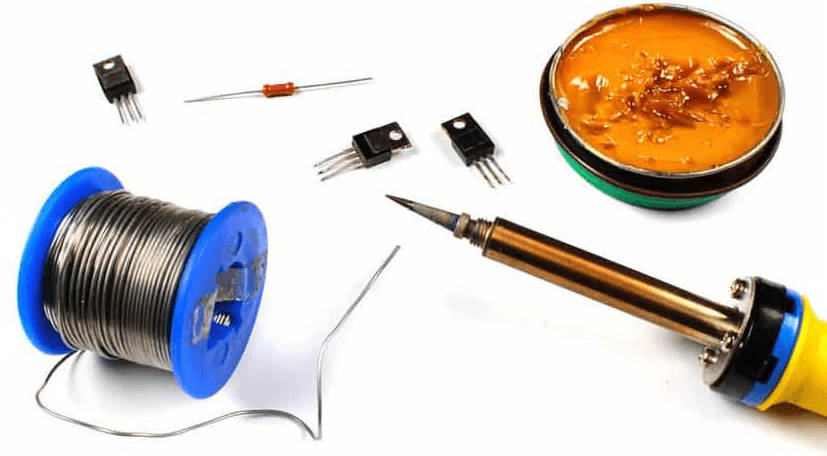
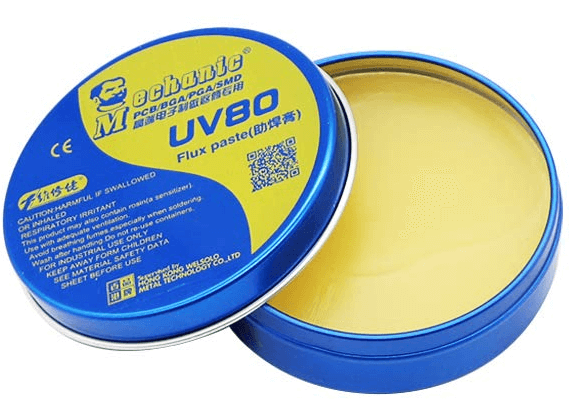
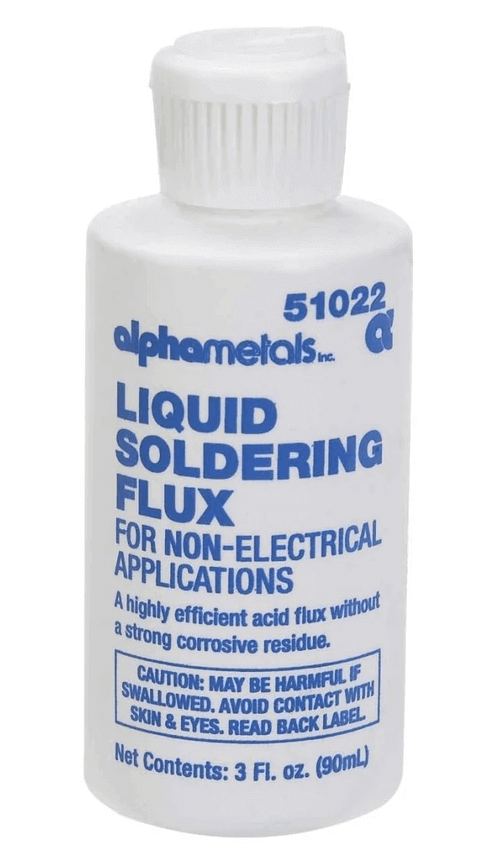
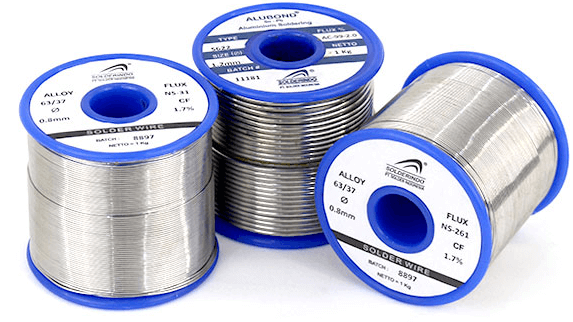
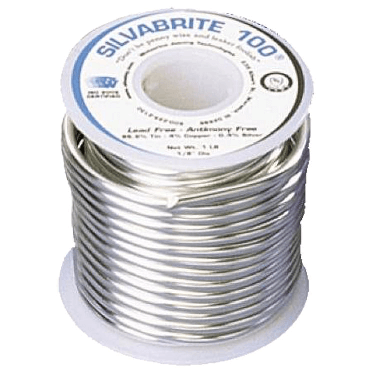
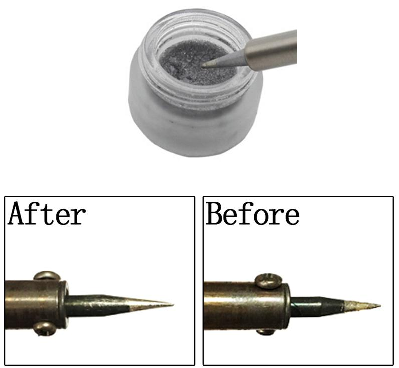
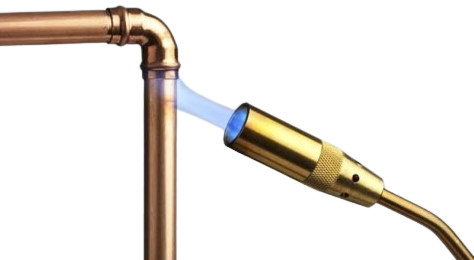


![]()